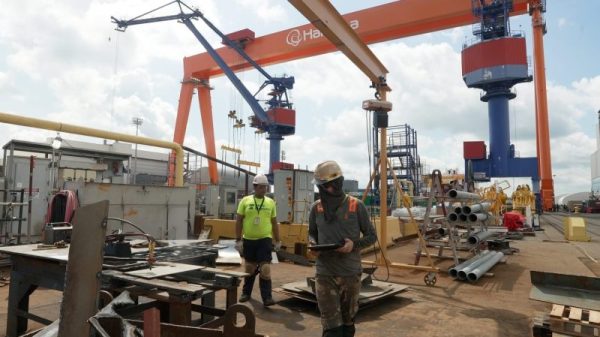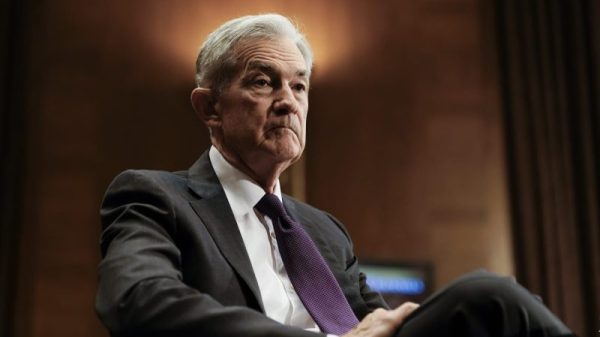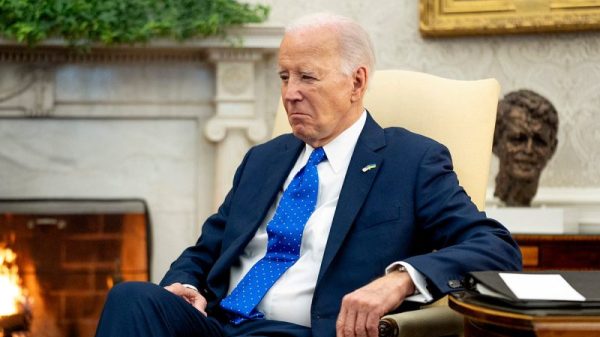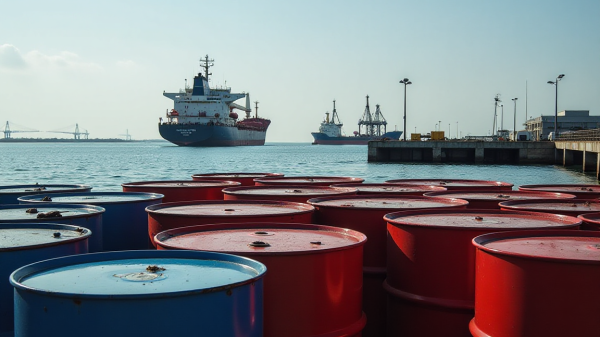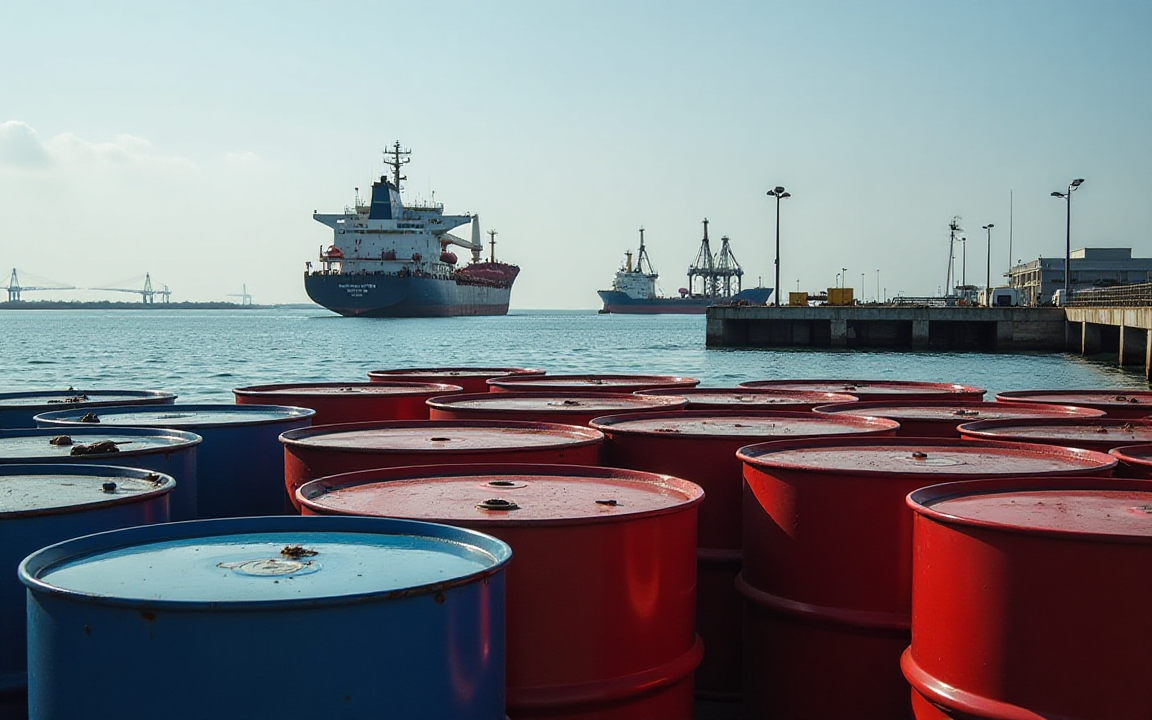After a highly volatile June, Brent oil prices are now trading in a tight range, stabilising around $70 per barrel.
Seasonal demand highs are currently bolstering prices, with the International Energy Agency projecting a 3.7 million barrel increase in daily refinery processing from May to August.
Additionally, demand for power generation is expected to double to 900,000 barrels per day during the same period.
“Low inventories in some regions of the world are also supporting prices,” Barbara Lambrecht, commodity analyst at Commerzbank AG, said.
Concerns about supply disruptions have temporarily eased, leading to lower prices, as Russia faces a 50-day deadline to end its invasion and avoid tariffs.
Despite this, global balances remain fragile.
Significant stock builds are anticipated, averaging 1.5 million barrels per day (bpd) in Q4 2025 and 1.7 million bpd in Q1 2026, according to Rystad Energy. These expected builds will likely necessitate policy adjustments to maintain backwardation.
However, the significant increase in supply from the Organization of the Petroleum Exporting Countries and allies will coincide with slowing oil demand.
OPEC’s task cut out
September is expected to see a prolonged period of crude builds, a trend not observed since the first quarter of 2023.
Global demand is projected to decrease by 230,000 barrels per day quarter-on-quarter into Q4 2025, according to Rystad Energy.
This anticipated decline, attributed to the conclusion of the Northern Hemisphere’s summer travel season, is expected to exert pressure on refinery margins as product cracks experience a fall.
“However, supply doesn’t follow the same trajectory, as global growth of 1.1 million bpd into 4Q25 extends mostly within non-OPEC+ nations (800,000 bpd),” Rystad said.
Challenges exist for the OPEC+ group as their primary goal of maintaining a backwardated crude market structure and preventing crude storage could be threatened.
OPEC+ may implement new policies, including production and export cuts, until the end of the year to curb supply growth, the agency said.
Janiv Shah, vice president, commodity markets analysis at Rystad Energy said:
If summer demand doesn’t turn out to be as robust as projections and Russian situations do not get resolved, prices, balances and flows will force OPEC+ to navigate another challenge whilst keeping price stability and backwardation – the existing methodology of production and export cuts is unlikely to be the answer.
Market prices in OPEC’s decision
The market had largely anticipated OPEC+’s decision 10 days prior to expedite the easing of production cuts, with many forecasting a 411,000 barrels per day increase.
However, the announced 548,000 bpd increase only partially dented prices.
Regional factors are leading to minimal impacts on overall market share, as most of the excess crude production is not being exported, thus limiting barrels on the water.
Growth in demand across Europe and North America has mostly been met by alternative crude sources and stock draws, according to Rystad.
During the summer months, the Middle East is seeing a substantial rise in demand for crude oil, driven by the need for over 1 million barrels per day for direct crude burn in July and August, the Norway-based energy intelligence company said.
Additionally, fuel oil is being used for power generation as the region endures scorching temperatures, with Riyadh experiencing highs of 50°C.
Russia-UKraine impact
Potential short-term market effects could stem from the US administration’s drive to conclude the Russia-Ukraine war.
Disruptions in oil and product flow from Russia, caused by difficulties in reaching agreeable terms, could lead to a period of reduced revenues for the market before it recovers.
On Friday, the European Union approved its 18th package of sanctions against Russia, which also sanctioned Nayara Energy, an Indian exporter of oil products refined from Russian crude, in response to the war in Ukraine.
Last week, US President Donald Trump threatened to impose sanctions on buyers of Russian exports unless Russia agreed to a peace deal within 50 days.
“However, the part of the package likely to have the biggest market impact is the EU imposing an import ban on refined oil products processed from Russian oil in third countries,” Warren Patterson, head of commodities strategy at ING Group, said in a note.
Since the Russia/Ukraine war, India and Turkey have increased their imports of Russian crude oil.
These two countries now account for approximately 15% of the EU’s total seaborne diesel imports, supplying the EU with significant volumes of middle distillates.
Patterson said:
This measure, if implemented effectively, will lead to further tightening in the European middle distillates market, a market which has already been showing clear signs of tightness.
Secondary tariffs on Russia, impacting its 3.5 million bpd crude exports to India and China, would disrupt market balances, Rystad said.
This Russian oil is crucial for India and China’s supply security and cost balancing. Losing these volumes would raise demand and prices for Middle Eastern crude.
The post Analysis: OPEC+ faces uphill battle to maintain oil market stability appeared first on Invezz







